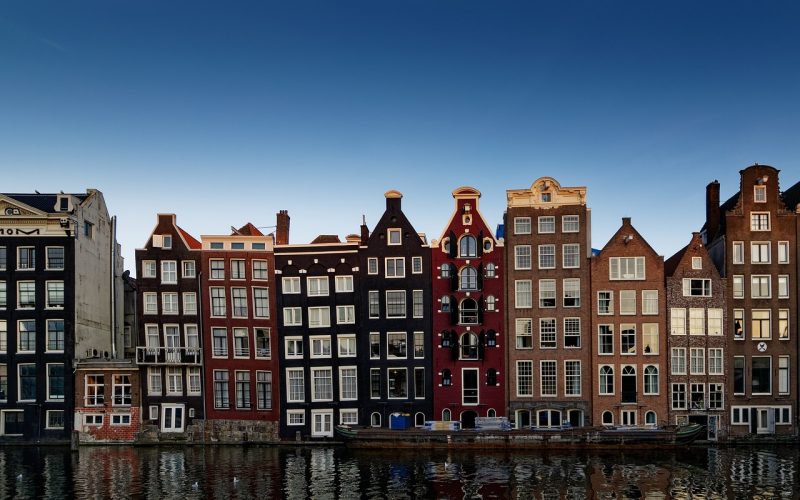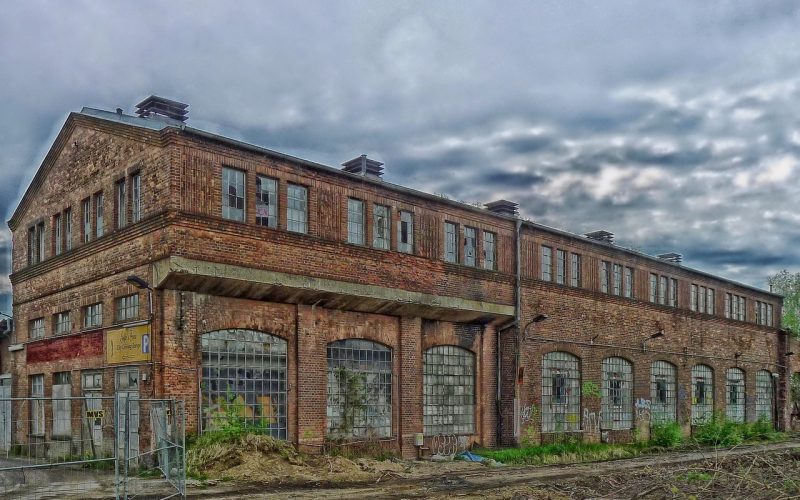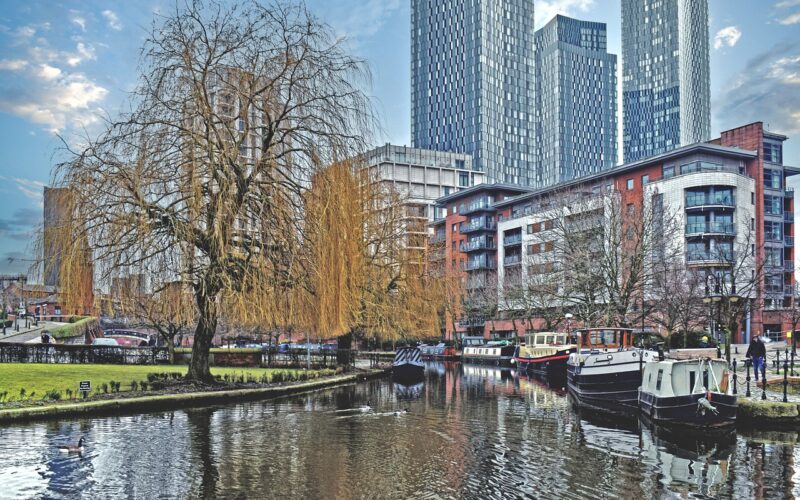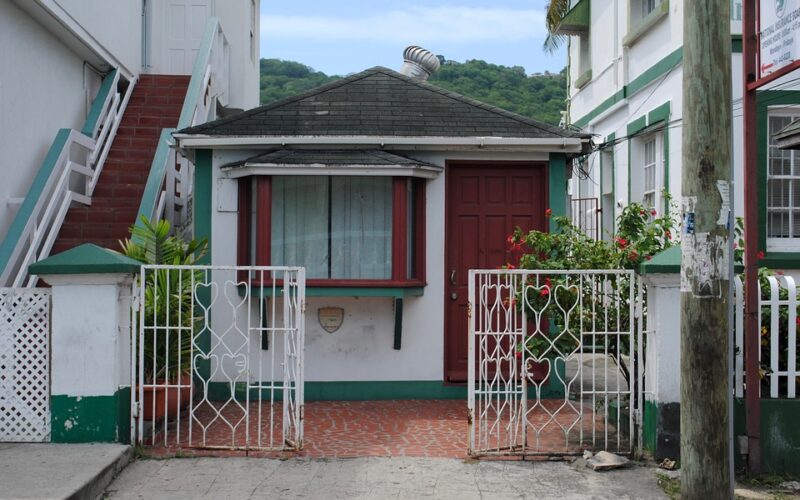Amsterdam is renowned for its picturesque canals, vibrant culture, and distinctive architecture. Among its architectural marvels are the narrow homes that line the city's waterways, offering a glimpse into the past and the ingenuity of city planners. These slender structures are a testament to Amsterdam's unique history and the challenges posed by its geography.
Origins of Amsterdam's narrow homes
The story of Amsterdam's narrow homes dates back to the 17th century, during the Dutch Golden Age—a period marked by prosperity, cultural achievements, and rapid urban development. At that time, Amsterdam was a bustling hub of trade and commerce, attracting merchants, artisans, and thinkers from across Europe. The city's population surged, and with it, the demand for housing.
To accommodate the growing populace, city planners embarked on an ambitious project to expand the city, integrating a series of concentric canals as part of the design. However, developing the city on swampy terrain presented significant challenges. To maximise space and ensure stability, homes were constructed on long wooden piles driven deep into the wet ground. This requirement influenced the narrow, elongated shape of the buildings.
The impact of tax regulations
An interesting factor contributing to the slim profile of Amsterdam's homes was the city's unique tax regulations. In the 17th century, property taxes were determined by the width of a building's facade facing the canal. This policy incentivised residents to build narrow yet deep homes to minimise tax liabilities while maximising interior space.
Some of the narrowest homes in Amsterdam measure less than two metres wide, exemplifying the lengths to which homeowners would go to reduce taxes. This tax-driven architectural quirk gave rise to the iconic "canal houses", which are characterised by their ornate gables and distinctive façades.
Architectural innovation and design
Despite their limited width, Amsterdam's narrow homes are architectural masterpieces known for their innovative use of space. Builders employed various techniques to optimise functionality within confined dimensions. One such technique was the development of steep, narrow staircases that maximised vertical space without occupying a significant portion of the floor plan.
Additionally, these homes often featured large windows that permitted ample natural light to flood into the interiors, creating a sense of openness. The facades were adorned with decorative elements such as gabled roofs, and intricate stonework, reflecting the wealth and taste of their inhabitants.
The social significance of narrow homes
Beyond their architectural ingenuity, narrow homes in Amsterdam hold cultural and social significance. They symbolise the egalitarian ethos of the city, where individuals from diverse backgrounds found a place to call home. During the Golden Age, these homes housed merchants, artists, and intellectuals who contributed to Amsterdam's reputation as a centre for innovation and creativity.
Furthermore, the narrow homes fostered a sense of community within neighbourhoods. With homes packed closely together, residents frequently interacted with one another, creating a vibrant urban environment that encouraged social cohesion.
Preserving Amsterdam's architectural heritage
Today, Amsterdam's narrow homes are cherished relics of the city's history and cultural heritage. Many of these structures have been meticulously preserved, offering visitors a window into the past. Some homes have been transformed into museums, showcasing period furnishings and providing insights into the lives of their former inhabitants.
The city's commitment to preserving its architectural legacy is evident through conservation efforts and strict building regulations. These measures ensure that the narrow homes remain an integral part of Amsterdam's character, attracting tourists and architecture enthusiasts from around the world.
The enduring charm of Amsterdam's narrow homes
Amsterdam's narrow homes are not merely architectural oddities; they are living reminders of the city's resilience, creativity, and adaptability. From their origins in the Dutch Golden Age to their present-day status as iconic symbols, these slender structures continue to captivate and inspire.
Their history is a testament to the city's ability to thrive amidst challenges and adapt to evolving needs. For those exploring Amsterdam, the narrow homes offer more than just a visual delight—they provide a tangible connection to a rich and fascinating history that continues to shape the city's identity.













